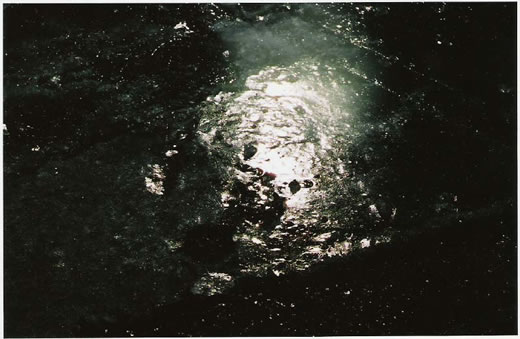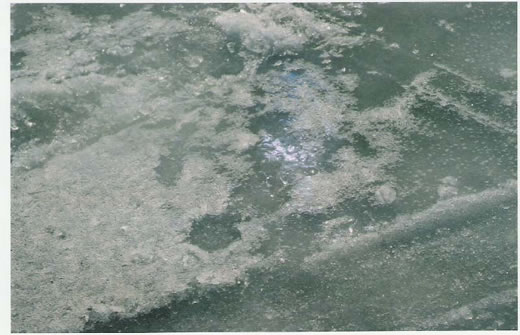 |
P H O T O G R A P H Y C O N T E S T Sponsored by A.J. Hirsch |
James Ball
Honorable Mention
2005 OAPT Members Photo Contest


Polarization
These photos were taken at the same location on Lake Simcoe in March 2005 using Kodak 400 max film using a Nikon FG camera with a 35-70mm lens. When light reflects off a regular surface its polarization vector changes from random to plane polarized. The darker photo was taken with a polarizing filter rotated to allow the glare (plane polarized) light through. The aperture had to be closed 2 stops resulting in the less exposed (darker) surroundings. The lighter photos were taken with the polarizing filter rotated to reduce the glare. What is interesting is not so much the reduction in glare and improved detail but rather the blue tinges. These result from the fact that ice is optically anisotropic and that thin layers of ice form on its surface as its surface temperature rises and falls. When light doubly refracts from this thin film its polarization vector is different from light that reflects from the surface of the ice. Thus the doubly refracted light is allowed through the polarizing filter. A similar effect occurs when we place cellophane between two Polaroid filters.